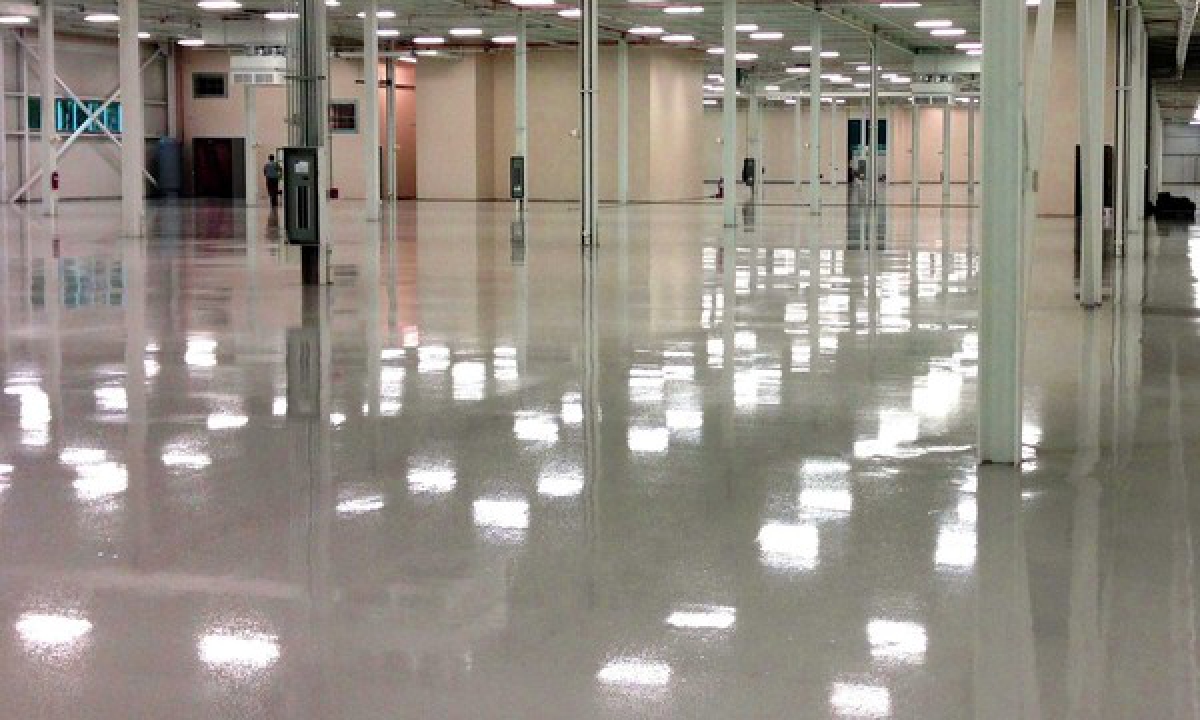Reduced Joint Concrete Floors: A Tutorial
In concrete floors, joints allow each slab to move independently of the others as the concrete naturally expands and contracts. For many applications, joints are necessary and don’t cause problems when they are installed properly or saw-cut properly as it’s better to dictate where cracks should be then invite new cracks to appear at random.
There are some applications where joints are unwanted, however, particularly in heavy, high traffic volume warehouses and other industrial locations where any kind of imperfection on a floor is quickly compounded by the heavy equipment that rolls over it all day. Deterioration and raveling typically begin at a joint where the pressure of a loaded forklift puts too much weight on a vulnerable spot and it begins to fracture, crack, deteriorate, and cause forklifts to break down.
Techniques for joint-free floors: Concrete Network outlines some of the techniques that are currently being used for joint-free floors:
- Structural synthetic fibers: Some contractors add synthetic fibers as a secondary reinforcement which can enhance some of the properties of hardened concrete. This technique can yield a reduced control joint floor.
- Excessive Reinforcing: This approach involves careful placement of reinforced steel which delivers a smooth surface with very fine cracks.
- Post-tensioning: Joints can be eliminated when slabs are post-tensioned, a technique that can work well with poor subgrades.
- Shrinkage Compensating Concrete: Control Joints can be completely eliminated using expansive cements. The only joints in these floors are construction joints every 120’ and those joints exposed to forklift traffic can be armored.
Smooth floors = smooth business
Warehouse owners understand both the need for smooth, flat floors, and the costs associated with maintaining floors over a long period of time. They look for solutions that will help them reduce the number of joints in their floors - and that’s where we come in.
FRICKS was invited to speak at a luncheon about reducing the number of joints in floors. We heard some very interesting presentations from various industry leaders who are working on the problem from different angles. Concrete Construction covered the event. There were people in the industry to speak about steel fiber reinforced floors, synthetic fiber reinforced floors and strategically reinforced floors using plate dowel baskets at the control joints.
We shared with the audience our techniques for creating control joint-free floors by using shrinkage-compensating concrete (SCC), a technique we firmly believe is the best option.
At FRICKS we rely on shrinkage compensating concrete (SCC) and the skills of our employees.
Perfecting our method
To meet the demand that’s out there for smooth floors with fewer joints, we’ve relied on the SCC method for a long time, and we’re constantly perfecting our approach. One of the key elements of successful SCC floors is the mix of concrete that’s used in each location.
FRICKS tests the materials in our lab to make sure the mix we create for each client is unique to their locale and will work correctly in that climate and for the purpose they have in mind.
We also work hard to make sure the professionals we hire are the best at what they do. They are experienced and well-trained when it comes to installing SCC floors, and they know all of the techniques required to make sure the job is done perfectly from the first moment they arrive on the site to the time when the job is complete.
We can reduce the number of joints required by almost 80 percent, we’re proud to say, and that translates to a great deal of savings for our clients. That kind of ROI more than makes up for the extra expense that a SCC floor requires.

